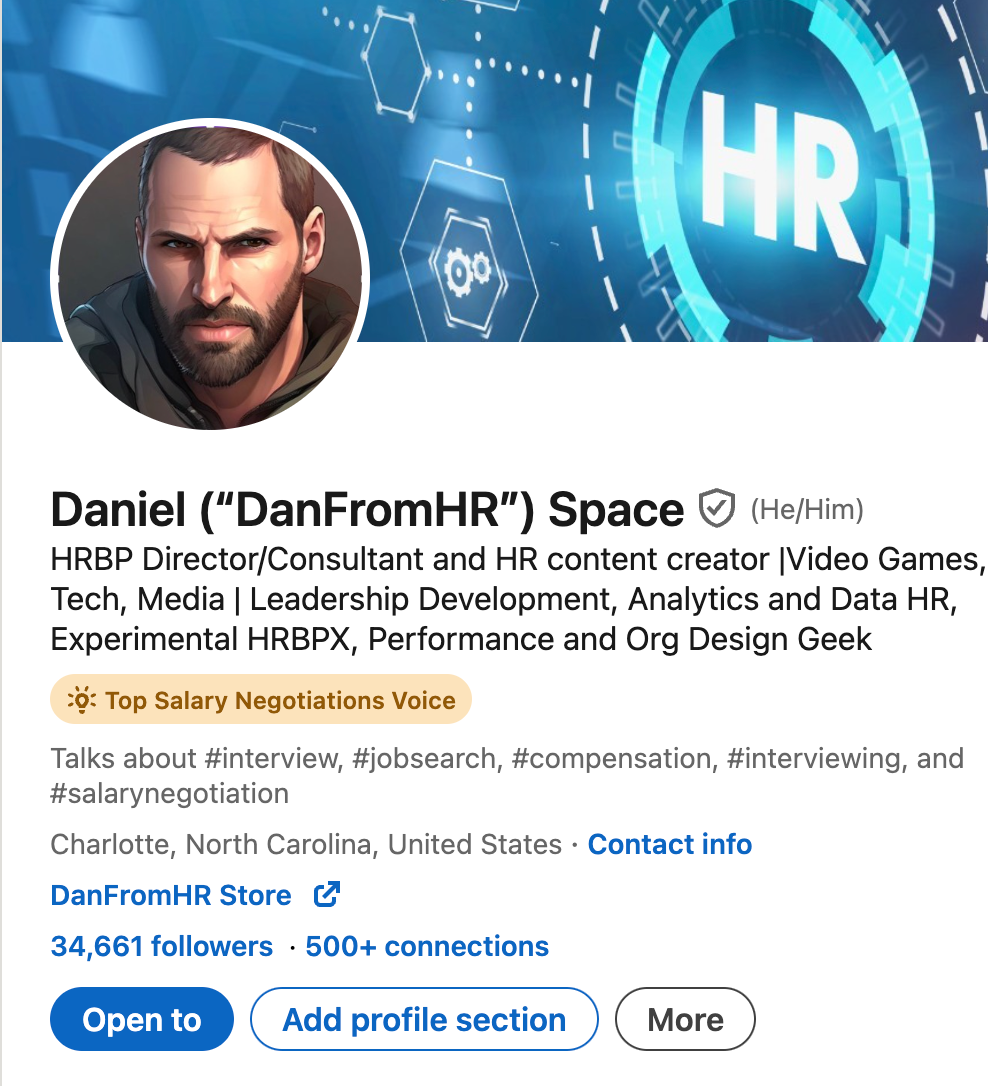
How Interviews are Conducted: What Candidates Should Know
How Interviews Are Conducted: What Candidates Should Know
Interviews can feel like a black box: what exactly goes on behind the scenes, and how do interviewers decide what to ask? Understanding the structure can not only ease your nerves but also give you an advantage in preparing thoughtful answers.
How Panelists Are Prepared
Most interviewers don’t come in “cold.” Panelists are usually given specific areas of focus to pay attention to during the conversation. One person may be assigned to evaluate technical skills, another to explore leadership and collaboration, and another to assess cultural fit or communication. This division helps ensure that the panel covers a wide range of qualities without every interviewer asking the same questions.
Types of Interview Questions
There are several categories of questions candidates can expect:
- Behavioral: “Tell me about a time when…” Used to explore past experiences and patterns.
- Experiential: Focused on what you’ve done in specific roles.
- Technical: Testing subject-matter expertise or problem-solving skills.
- Specialist: Role-specific deep dives into your professional knowledge.
- General: Broader questions about motivation, career goals, or teamwork.
A well-rounded interview blends these question types to paint a full picture of a candidate’s skills and potential.
The Four Stages of an Interview
While every interviewer has their style, most structured interviews follow a common arc:
- Opening and Rapport Setting – Light conversation, introductions, and framing the agenda. The goal here is to make the candidate comfortable and set expectations.
- First-Level Questions – Foundational questions about your background and general experience.
- Mid-Level Questions – More detailed, targeted questions around skills, experiences, and scenarios.
- Deep Discussion & Candidate Wrap-Up – A deeper dive into role-specific challenges, followed by time for the candidate to ask questions and close the conversation on a strong note.
Knowing this structure can help you pace yourself, save your strongest questions and most compelling examples for when the conversation deepens.
Final Takeaway
Interviews aren’t random they’re carefully structured to assess both hard skills and soft skills. By understanding the panel process, anticipating question types, and preparing for each stage, you can approach interviews with more confidence and clarity.
- Choosing a selection results in a full page refresh.

